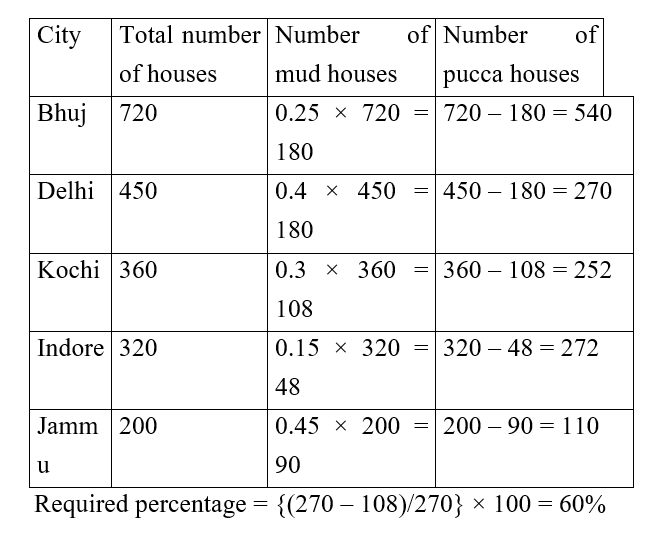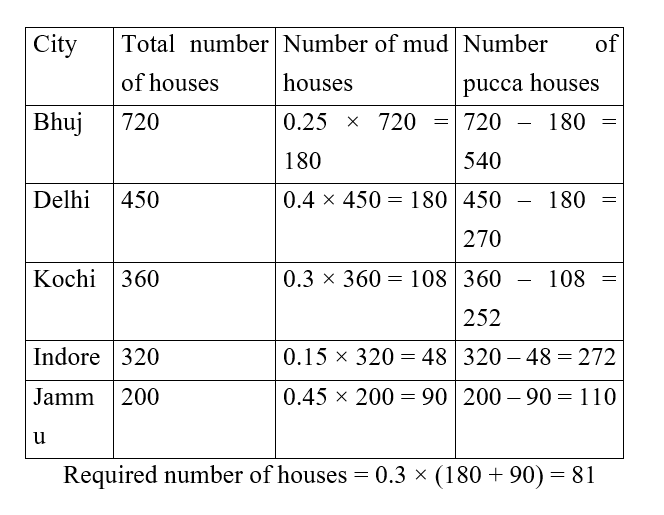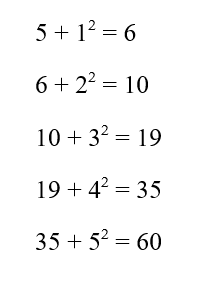Question 1: 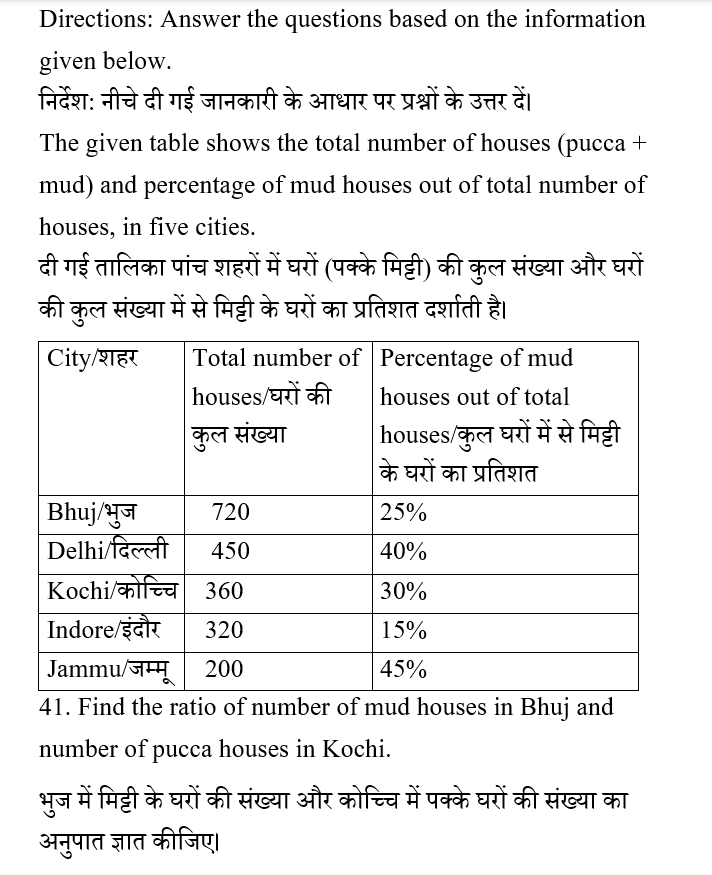
Question 2: 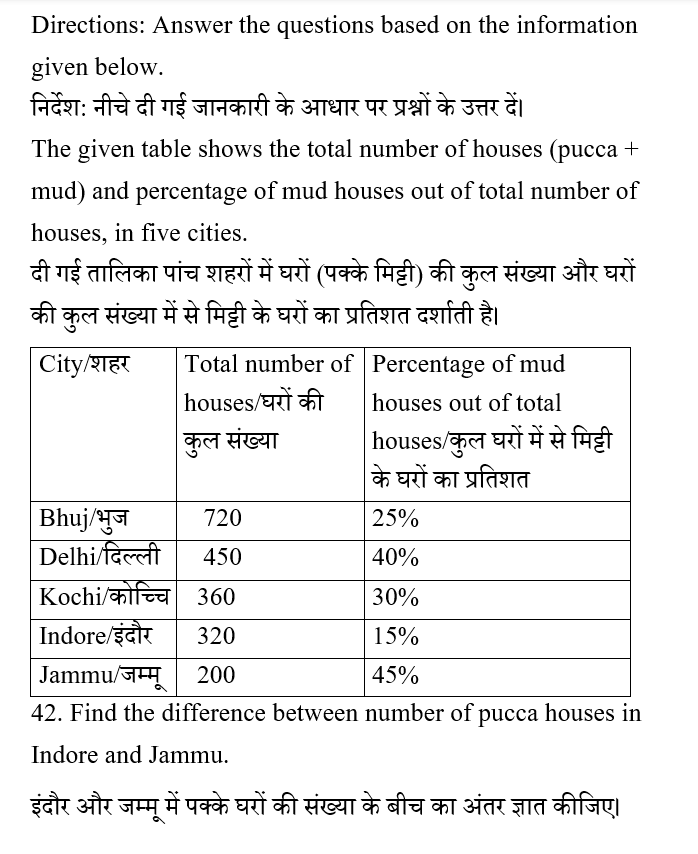
Question 3: 
Question 4: 
Question 5: 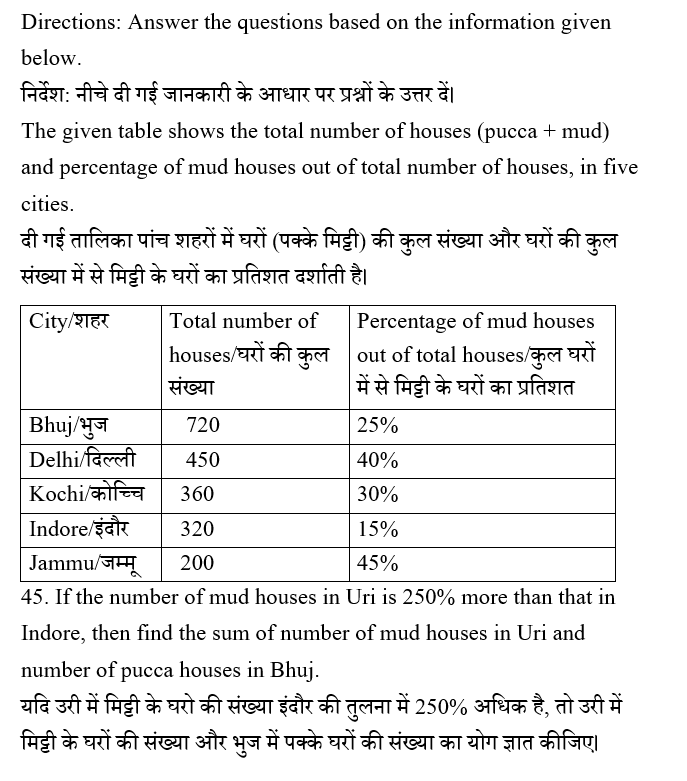
Question 6:
Direction: What will come in place of the question mark (?) in the following series?
निर्देश: निम्नलिखित श्रृंखला में प्रश्नवाचक चिन्ह (?) के स्थान पर क्या आएगा?
4, 9, 19, 39, 79, ?
Question 7:
Direction: What will come in place of the question mark (?) in the following series?
निर्देश: निम्नलिखित श्रृंखला में प्रश्नवाचक चिन्ह (?) के स्थान पर क्या आएगा?
8, 10, 14, 22, ?, 70
Question 8:
Direction: What will come in place of the question mark (?) in the following series?
निर्देश: निम्नलिखित श्रृंखला में प्रश्नवाचक चिन्ह (?) के स्थान पर क्या आएगा?
8, 12, 24, 60, 180, ? (A) 640
Question 9:
Direction: What will come in place of the question mark (?) in the following series?
निर्देश: निम्नलिखित श्रृंखला में प्रश्नवाचक चिन्ह (?) के स्थान पर क्या आएगा?
13, 25, ?, 27, 9, 29
Question 10:
Direction: What will come in place of the question mark (?) in the following series?
निर्देश: निम्नलिखित श्रृंखला में प्रश्नवाचक चिन्ह (?) के स्थान पर क्या आएगा?
5, 6, 10, 19, ?, 60



